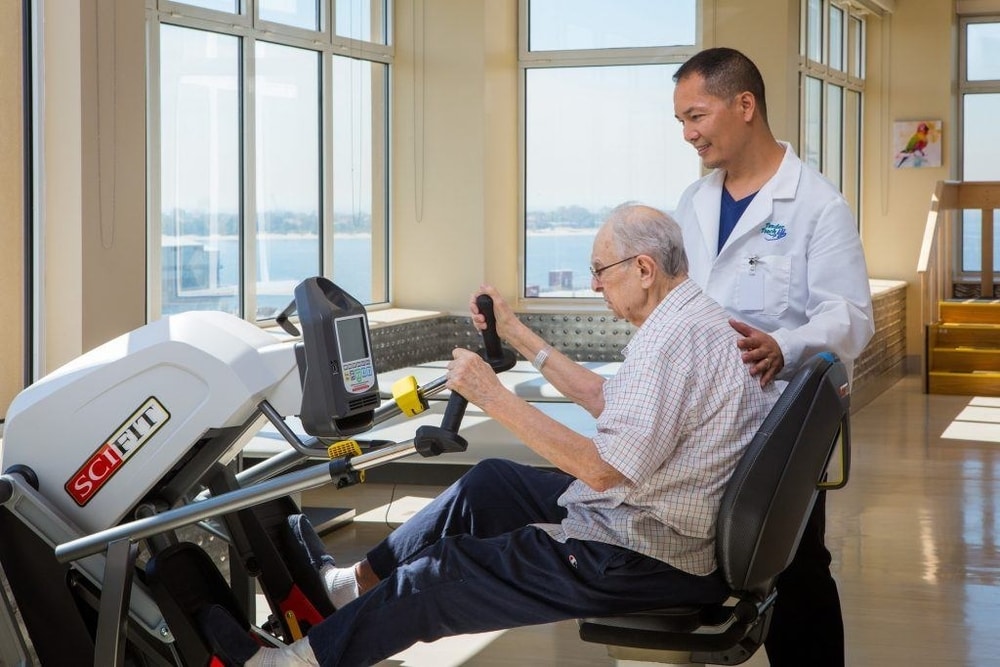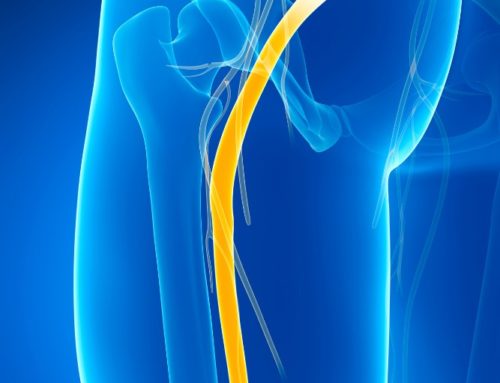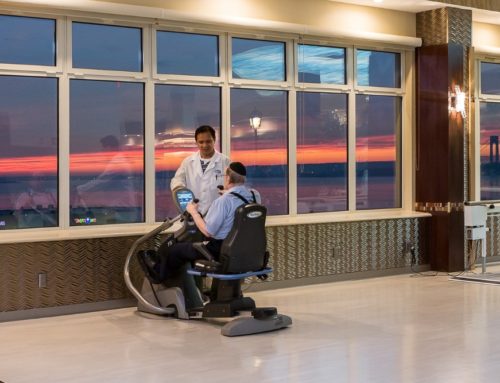Joints join two or more bones in the body, giving them a flexible connection for easy movements in multiple directions. Unfortunately, some issues reduce the range of motion, such as medical conditions, injuries, or surgery. When this occurs, you need proper treatment to regain those easy and painless movements. So, which therapy best improves joint range of motion?
Physical therapy is the best rehab for those with joint movement issues. It uses customized exercises to improve flexibility, mobility, coordination, and strength, increasing your range of motion. However, if you had surgeries or injuries, joint replacement rehab, involving pain management and therapy, may also be required to avoid complications. For more information on therapy for joint range of motion, check out the following sections.

Best Therapy and How It Works
Joints have a wide range of motion, though it diminishes as we age. Of course, the reduction of movement shouldn’t be too significant or cause pain when moving. When such issues occur, specialized treatment may be required. To regain your range of motion, physical therapy is the best option.
Physical therapy includes various exercises designed to increase joint range of motion. These are customized for each individual to address the specific cause of the problem and the limitations they’re experiencing. Three main types of physical therapy improve joint issues.
- Active range of motion exercises – Exercises are performed by the individual with guidance and encouragement from the physical therapist. The therapist monitors the movements to prevent injury or pain. When the individual learns the proper technique, they can begin to do the exercises at home. Doing so speeds up their progress for a wider joint range of motion.
- Active assisted range of motion exercises – Exercises are done by the individual with the therapist’s assistance and support.
- Passive range of motion exercises – In some cases, individuals may be unable to perform the movements themselves. The therapist guides the muscles and joints through each exercise while the individual focuses on relaxing.
Physical therapy for joint range of motion also involves a few other treatments. Therapy for pain management is one option for those in need. Massage techniques relax the muscles and increase elasticity. Cold or heat therapies include using packs or other implements to improve the range of motion. Your therapist may offer a combination of these treatments to restore joint movements.
Follow your therapist’s advice
Those not following their therapist’s advice may not meet their goals. Improper movements can cause injury, while failure to perform the exercises prevents improvements in range of motion. That’s why it’s vital to follow your therapist’s advice.
Physical therapists are trained to determine your limitations and the proper methods for increasing joint range of motion. They tailor treatments for each individual for the best results with minimal pain or complications. Physical therapists also teach you the proper way to perform each exercise and alter them as needed if issues occur. Best of all, they offer encouragement to build your confidence as you work towards your goals.
Resources:
This content comprises informative and educational resources only and can not be considered as a substitute for professional health or medical guidance. Reliance on any information provided in this article is solely at your own risk. If you have any inquiries or apprehensions about your medical condition or health goals, talk with a licensed physician or healthcare provider.






Leave A Comment